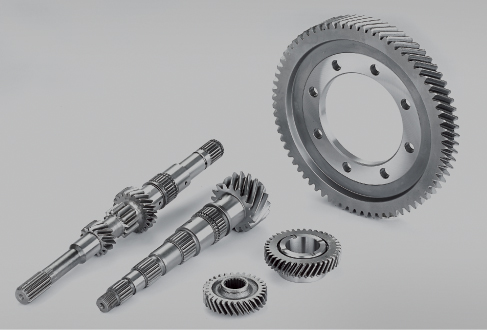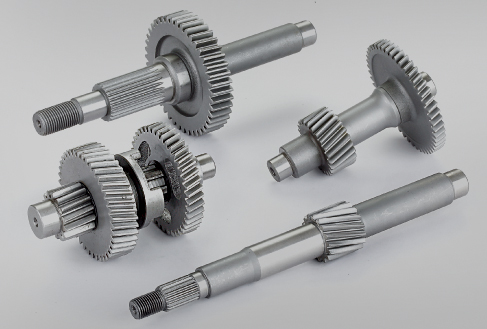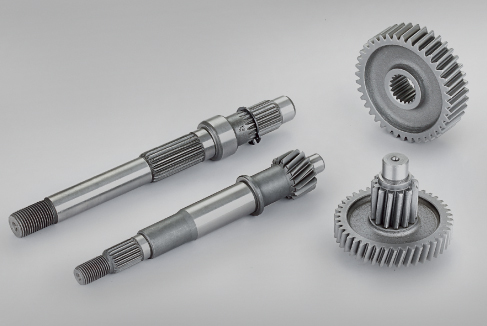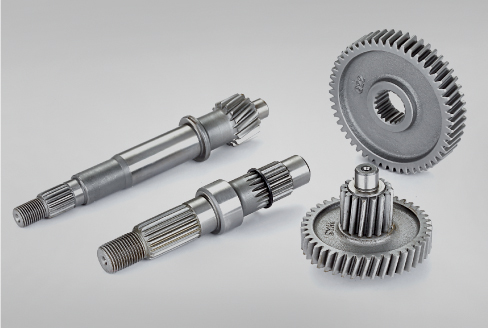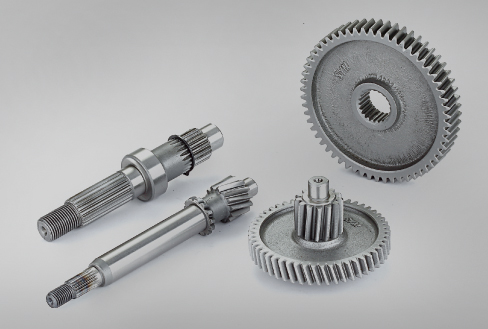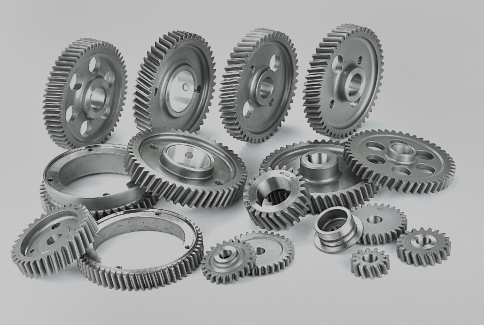Professional manufacturer of automobile transmission gears, mechanical engineering gears, engine gears, light and heavy trucks, and truck transmission gears.
Unlocking the Mechanics: Exploring the Intricacies of Automotive Transmissions
Update time:2024/01/03
Automotive transmissions, often regarded as the heart of a vehicle's drivetrain, play a pivotal role in converting engine power into the motion of the wheels. These complex systems are instrumental in delivering optimal performance, efficiency, and driving dynamics in automobiles.
automotive transmissions serve the crucial function of transferring power from the engine to the wheels while modulating torque and speed. Two primary types dominate the automotive world: manual and automatic transmissions, each with its unique mechanics and functionalities.
Manual transmissions, also known as stick shifts, involve the driver manually engaging and disengaging gears using a clutch pedal and gear stick. This transmission type requires driver expertise to shift gears at appropriate intervals for smooth acceleration and efficient use of engine power.
automatic transmissions utilize a more intricate system that automatically changes gears based on the vehicle's speed and load, eliminating the need for manual gear shifting by the driver. This system employs a complex arrangement of gears, hydraulic systems, and torque converters to seamlessly manage gear changes, providing a smoother driving experience.
Recent advancements have introduced semi-automatic and continuously variable transmissions (CVTs). Semi-automatic transmissions combine aspects of both manual and automatic transmissions, allowing the driver to manually shift gears without a clutch pedal. CVTs, on the other hand, use a belt-and-pulley system or other mechanisms to offer a seamless range of gear ratios, optimizing fuel efficiency and providing a smoother driving experience.
the evolution of transmissions in the automotive industry has led to the development of dual-clutch transmissions (DCTs). DCTs combine the efficiency of manual transmissions with the convenience of automatic transmissions, employing two clutches to pre-engage gears, enabling quick and seamless gear changes.
The choice of transmission significantly influences a vehicle's performance, fuel efficiency, and driving characteristics. For instance, automatic transmissions offer convenience in heavy traffic and urban driving, while manual transmissions provide greater control and engagement for enthusiasts seeking a more involved driving experience.
Maintenance and proper care are crucial for ensuring the longevity and performance of automotive transmissions. Regular fluid checks, timely replacements, and adherence to manufacturer guidelines for servicing intervals are essential practices to uphold transmission health and functionality.
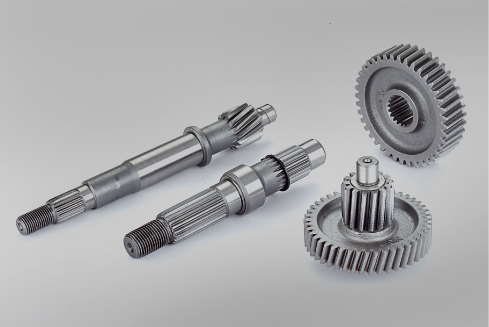
automotive transmissions serve the crucial function of transferring power from the engine to the wheels while modulating torque and speed. Two primary types dominate the automotive world: manual and automatic transmissions, each with its unique mechanics and functionalities.
Manual transmissions, also known as stick shifts, involve the driver manually engaging and disengaging gears using a clutch pedal and gear stick. This transmission type requires driver expertise to shift gears at appropriate intervals for smooth acceleration and efficient use of engine power.
automatic transmissions utilize a more intricate system that automatically changes gears based on the vehicle's speed and load, eliminating the need for manual gear shifting by the driver. This system employs a complex arrangement of gears, hydraulic systems, and torque converters to seamlessly manage gear changes, providing a smoother driving experience.
Recent advancements have introduced semi-automatic and continuously variable transmissions (CVTs). Semi-automatic transmissions combine aspects of both manual and automatic transmissions, allowing the driver to manually shift gears without a clutch pedal. CVTs, on the other hand, use a belt-and-pulley system or other mechanisms to offer a seamless range of gear ratios, optimizing fuel efficiency and providing a smoother driving experience.
the evolution of transmissions in the automotive industry has led to the development of dual-clutch transmissions (DCTs). DCTs combine the efficiency of manual transmissions with the convenience of automatic transmissions, employing two clutches to pre-engage gears, enabling quick and seamless gear changes.
The choice of transmission significantly influences a vehicle's performance, fuel efficiency, and driving characteristics. For instance, automatic transmissions offer convenience in heavy traffic and urban driving, while manual transmissions provide greater control and engagement for enthusiasts seeking a more involved driving experience.
Maintenance and proper care are crucial for ensuring the longevity and performance of automotive transmissions. Regular fluid checks, timely replacements, and adherence to manufacturer guidelines for servicing intervals are essential practices to uphold transmission health and functionality.


 简体中文
简体中文 English
English España
España Русский язык
Русский язык

